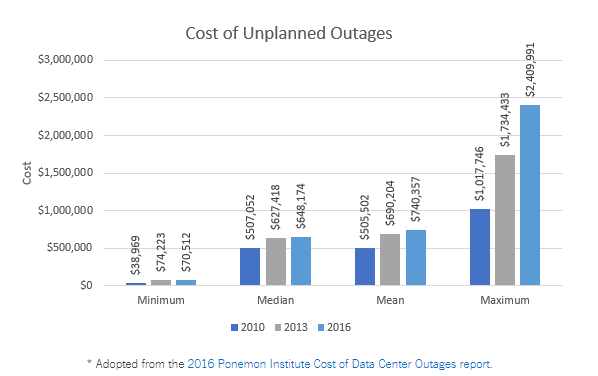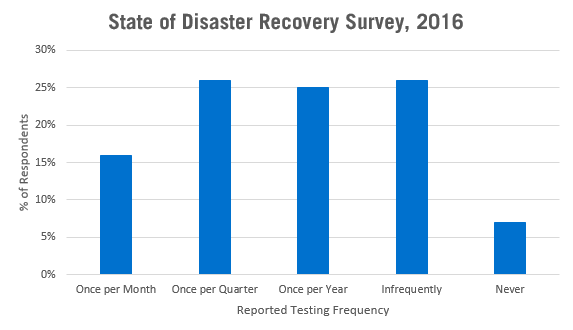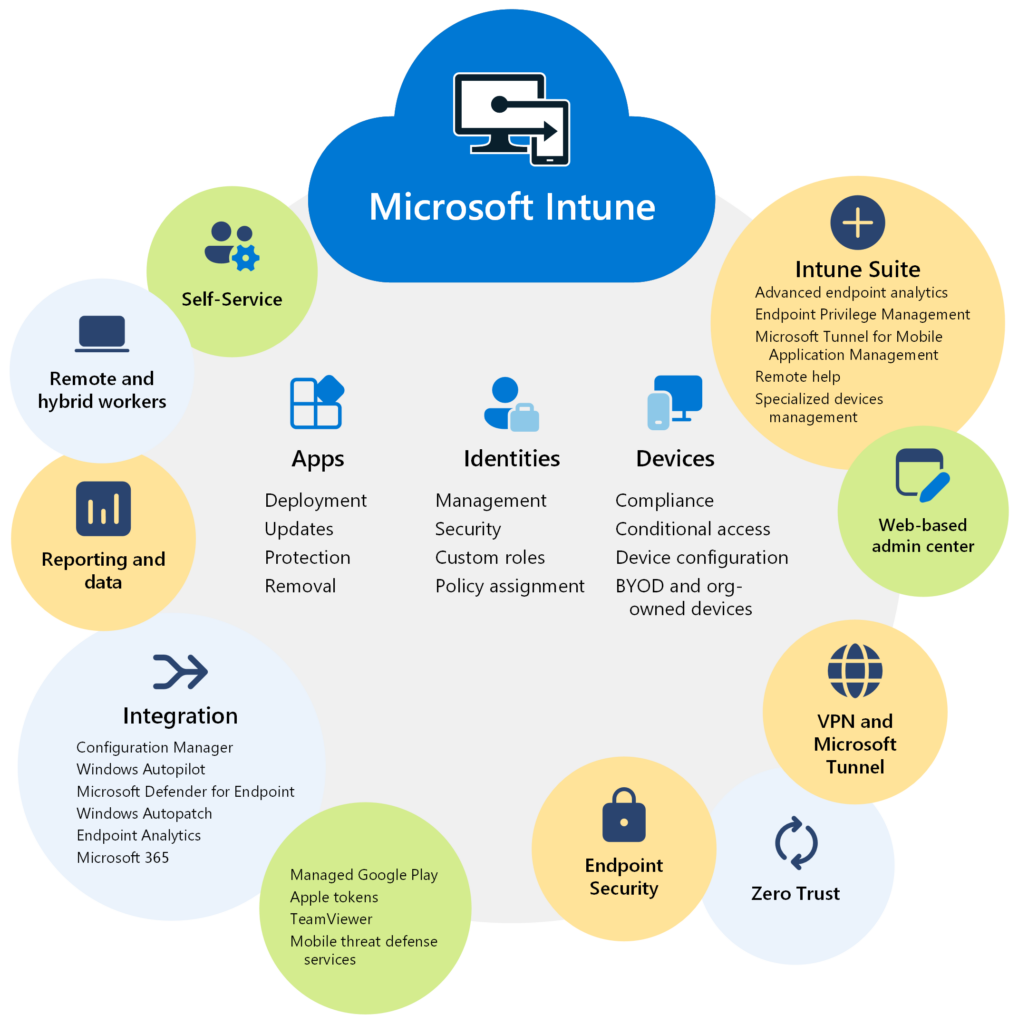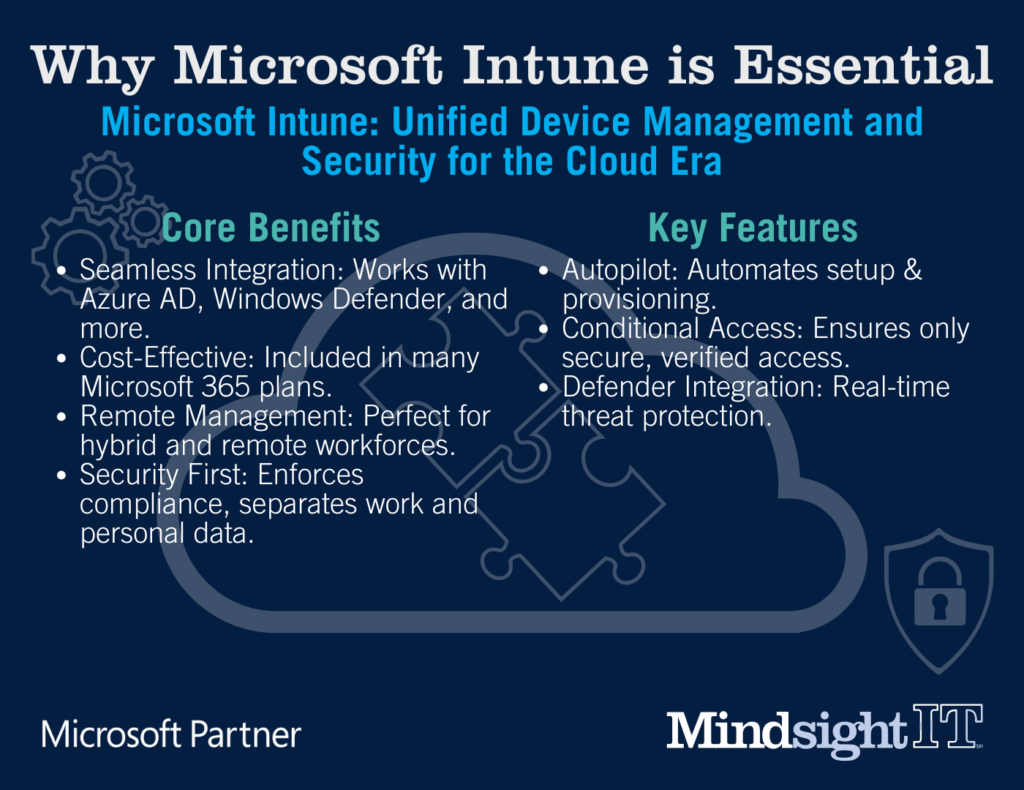April 23, 2019 by Siobhan Climer
A rookie mistake in backup and disaster recovery planning is to take a one-and-done mentality to the process. The reality is that preparing for disasters requires regular updates and testing to ensure the plan works. But how often should you test your disaster recovery plan? The testing schedule you use depends on the nature of your organization and the disasters you face.
Comparative Metrics For Disaster Recovery Testing
Leaders often look to their peers to help contextualize important strategic decisions. In the case of disaster recovery testing, there are three primary comparisons.
1) What factors influence the frequency of disaster recovery testing;
2) What happens when they DON’T test their plans;
3) What do IT leaders actually report in terms of testing timetables.
The first is important for understanding what factors your organization should consider when determining a disaster recovery testing schedule. The second is important for providing leaders the impetus to develop a strategy to ensure you’re testing your disaster recovery plan – and the people responsible for implementing it – regularly frequently, and consistently. Yet the last metric is vital to contextualizing the realities around disaster recovery testing.
How Often Do Leaders THINK They Should Test?
While the actual number varies between organizations, there are several factors leaders agree should be considered when scheduling disaster recovery testing. And regardless of where you fall, backup and disaster recovery experts agree that you probably aren’t testing frequently enough.
Size of organization: The needs of SMBs, mid-market businesses, and enterprises can vary vastly.
Turnover rate: High turnover means more frequent testing, as new people come and go.
Application requirements: Specific applications may require more regular testing.
Infrastructure changes: Any changes to storage, backup, or data retrieval processes indicate a need for testing.
Testing impact: Different types of disaster recovery testing impact the environment differently. Consider impact on time investment and any application data updates.
What Happens When Businesses DON’T Test Disaster Recovery Plans
These are the scary numbers. Whether accidental/human error (22%) or UPS system failure (25%, the root causes of unplanned outages have severe impact on the business.
According to the Ponemon Institute’s annual report, the average cost of unplanned outages is $8,850 per minute. PER MINUTE.
What’s worse? 93% of companies that lost their data center for 10 or more days due to a disaster, filed for bankruptcy within one year of the disaster (National Archives & Records Administration in Washington).
How Often DO Leaders Test?
Despite a shared belief that testing should be done as frequently as possible, many companies still struggle to test more than once per year.
Need to test a backup and disaster recovery solution in your organization to better ensure it mitigates the risk of a disaster? Join us for weekly demo days, where we open up our secure testing facility to test a solution in your environment with zero impact on your environment.
Disaster Recovery Plan Testing: Best Practices
Conclusion 1: Disaster recovery testing is important.
Conclusion 2: Businesses do not test often enough.
Conclusion 3: You should perform disaster recovery testing more often.
But how often?
Unfortunately, there is no magic number. But, if we begin to comb through the factors that influence disaster recovery testing, we can start to build a matrix that can offer guidance on what disaster recovery testing schedule might work best for you.
At the heart of all of these, though, is change. Employee turnover, new technologies, even the affects of disaster recovery testing itself, all factor into the testing schedule you choose.
That’s why it makes sense to choose a frequency that works for your team – such as once every quarter or twice per year – with the caveat that if things change, the team performs a disaster recovery test to ensure these changes are appropriately accounted for in the disaster recovery plan.
There is no right answer, but there are many wrong ones. Settle on testing as frequently as possible with minimal disruption.
Types of Testing Strategies
This talk-it-through method takes the disaster team through the entire disaster plan. This is a perfect way to identify knowledge gaps, answer questions, and refresh the team on current procedures.
Plan Review
The disaster recovery plan requires constant reviews and updates. Once the changes are embedded in the plan, then the plan can be run through tabletop testing.
Disaster Drill
Whether it’s a partial or full-scale disaster drill, doing live scenarios are important – yet resource-heavy. Find the right balance to ensure you plan is tested, validated, updated, and ready for the next real disaster.
Getting It Right With Support
Finding key disaster recovery experts who can offload the challenges and risks of backup and disaster recovery. A team of experienced disaster recovery testing professionals will help you determine the right time-table for your business, help you achieve your RTOs and RPOs, and guide you toward the solutions that allow you to meet these objectives.
Join our experts for one of our weekly whiteboard sessions, a (free!) one-on-one conversation on the backup and disaster recovery needs of your business.
Like what you read?
Contact us today to discuss disaster recovery testing.
About Mindsight
Mindsight, a Chicago IT services provider, is an extension of your team. Our culture is built on transparency and trust, and our team is made up of extraordinary people – the kinds of people you would hire. We have one of the largest expert-level engineering teams delivering the full spectrum of IT services and solutions, from cloud to infrastructure, collaboration to contact center. Our highly-certified engineers and process-oriented excellence have certainly been key to our success. But what really sets us apart is our straightforward and honest approach to every conversation, whether it is for an emerging business or global enterprise. Our customers rely on our thought leadership, responsiveness, and dedication to solving their toughest technology challenges.
Contact us at GoMindsight.com.
About The Author
Siobhan Climer, Science and Technology Writer for Mindsight, writes about technology trends in education, healthcare, and business. She previously taught STEM programs in elementary classrooms and museums, and writes extensively about cybersecurity, disaster recovery, cloud services, backups, data storage, network infrastructure, and the contact center. When she’s not writing tech, she’s writing fantasy, gardening, and exploring the world with her twin two-year old daughters. Find her on twitter @techtalksio.









